At present, LED street lights exist in the three major systems of the United States, Europe and China. Among them, the characteristics of Chinese street lamps are modular structure, high protection performance of modules, and high-protection waterproof connection cables to connect modules and drivers. European street lamps are characterized by a full-scale layout, a tempered surface with tempered glass, and a very thin back. There are few or no heat sinks; the characteristics of American street lights are reflected in the majority of the whole layout and the safety-oriented.
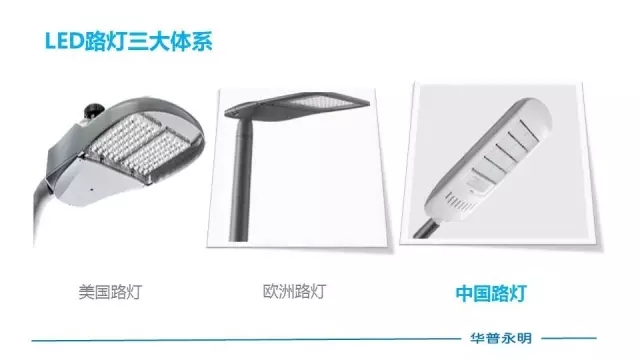
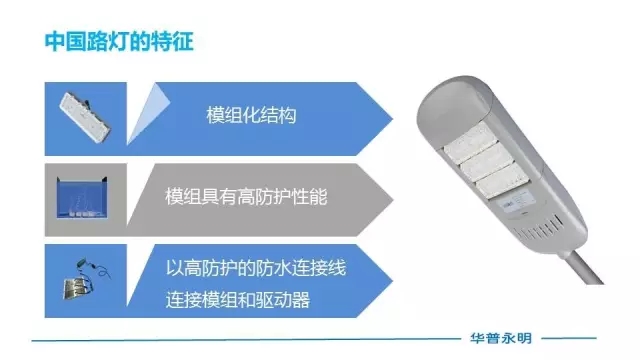

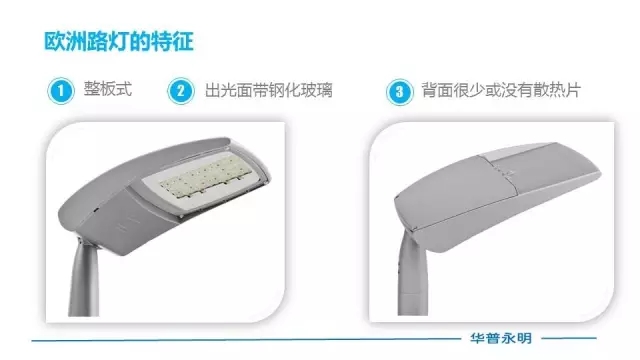
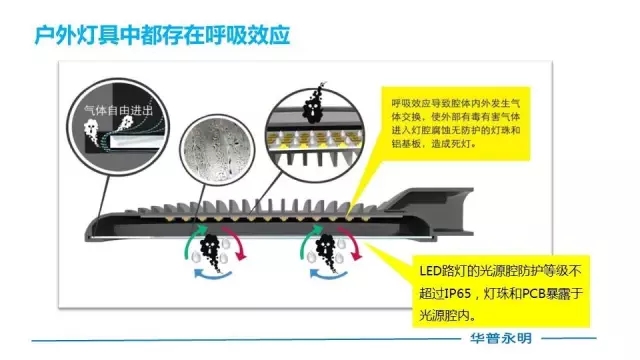

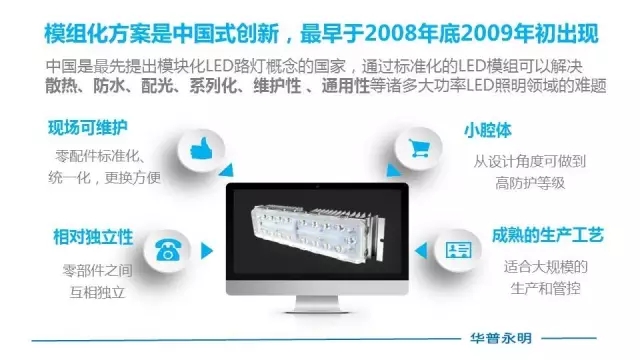
Due to the respiratory effect in the outdoor lighting, the breathing effect causes gas exchange in the wall, so that external toxic and harmful gases enter the lamp cavity to corrode the unprotected lamp beads and the aluminum substrate, causing dead lights.
In order to solve this problem, many innovative designs have appeared in China. For example, the PCB board is glued and waterproofed to solve the problem of failure of the water in the lamp bead and the PCB board.
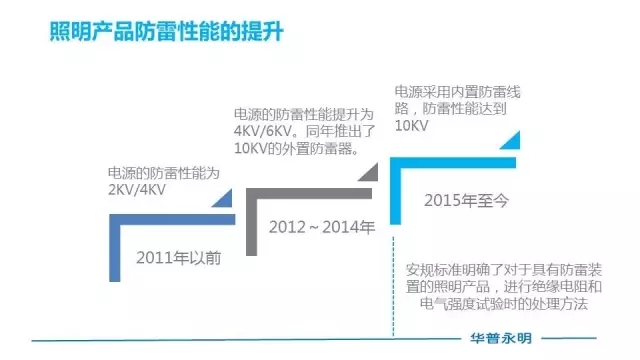
Among them, the modularization scheme is Chinese-style innovation, which first appeared in late 2008 and early 2009. China first proposed the concept of modular LED streetlight. Through standardized LED modules, it can solve heat dissipation, waterproofing, light distribution, serialization, maintenance, Versatility and many other high-power LED lighting problems.
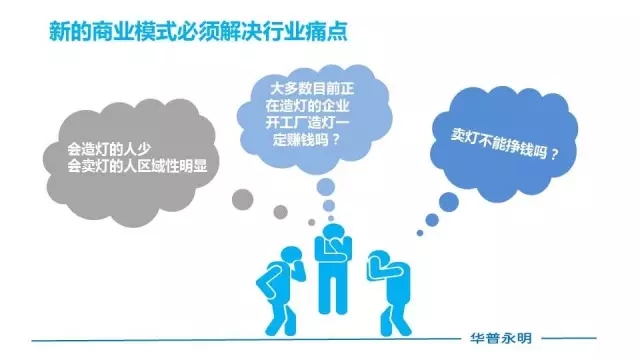
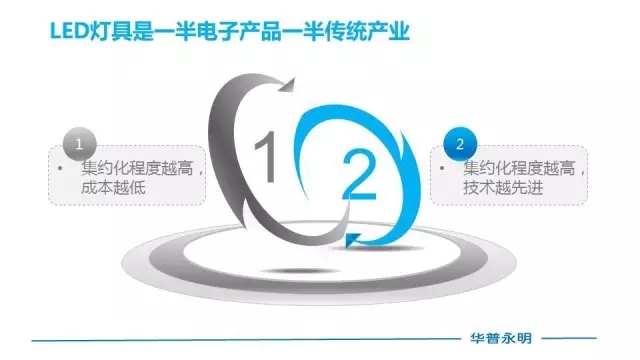
The future development of the LED industry requires new business models to address industry pain points. LED luminaires are half of the traditional industries of half of electronic products. The higher the degree of intensification, the lower the cost; the higher the degree of intensification, the more advanced the technology. Therefore, LED companies must maintain an advantage in the talent team and technological innovation, and become a platform-based company.
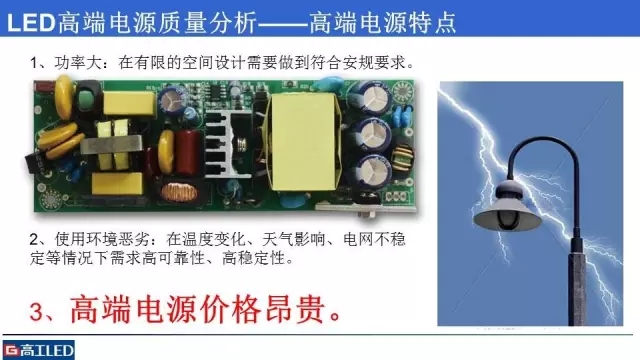
Xin Mingfeng, Chairman of Jiansen Technology
The high-end LED power supply has the characteristics of high power, harsh operating environment and high price. In particular, the problem of expensive high-end power supplies is more prominent.

At this stage, the competition in the overall street lamp market is becoming more and more fierce, and the decline in product prices continues to increase, but the proportion of power costs in the cost of the entire lamp has remained high, which has led to a gradual compression of profit margins. Among the cost of the whole lamp, the cost of the power supply is 39%, the cost of the lamp is 26%, the cost of the package is 29%, and the cost of the auxiliary is 6%.
Taking the 100W street lamp head as an example, the price of the whole lamp dropped from 7.5 yuan / watt in 2014 to 4.8 yuan / watt in 2016, a drop of 34%, but the price of power supply remained at 135 yuan in 2016, a decrease of only 28 %.


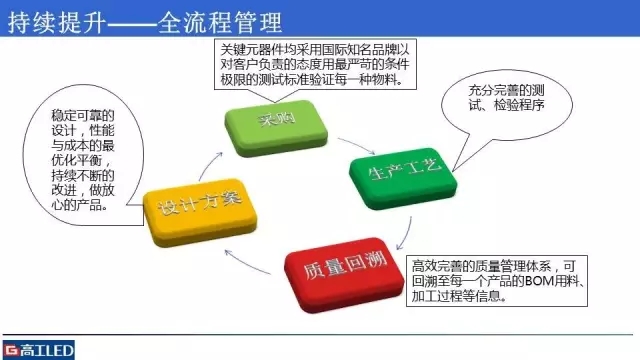
In the high-end power cost, the cost from raw materials is as high as 60%. Xin Mingfeng pointed out that when the price is constant, the number of components that can be accommodated on the integrated circuit will double every 18-24 months, and the performance will also increase. Doubled.
In terms of management costs, the future industry tends to concentrate, the market is more affordable, and efficiency is also increasing. In terms of cost of sales, the concentration of the market and the brand effect continue to increase. In terms of worker costs, the scale of a single product in the future will lead to the automation of production. All of the above can effectively control and reduce costs.

Li Junyi, Chairman of Liyang Co., Ltd.
The packaging structure is changing, and more and more LED companies are transforming their packaging to improve their production efficiency, shorten production cycles and reduce production costs. Among them, the advantages of the flip-chip package form are more obvious.

The inverted COB series is equipped with a new superconducting material in the industry - ALC aluminum substrate. The thermal conductivity is up to 120W/MK, using a glueless process, no insulation insulation, and integrated circuit boards, which greatly reduces thermal resistance. At the same time, the light efficiency of the product is also obviously superior to the traditional dressing products, which lays a solid foundation for the cost reduction of the lamps.
The integration of COB in the flip-chip integrates the heat conduction problem of the integrated light source and makes the product hot channel smoother. At the same time, in the production process, the professional testing equipment - X-Ray (cavity rate testing equipment) is monitored throughout the process, the quality of the products is strictly controlled, and the product quality is greatly improved.
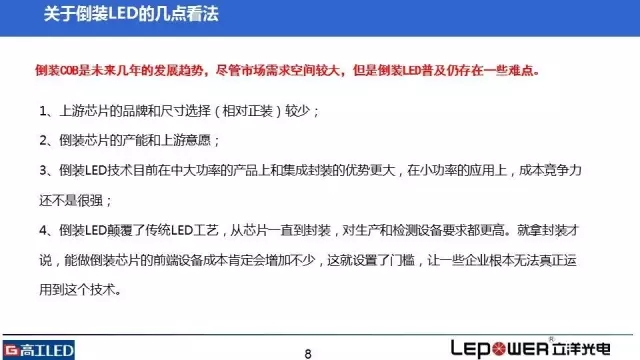
The market demand for LED light source is gradually enhanced, pursuing high quality, high luminous efficiency and high cost performance, and the emergence of flip-chip light source caters to the market demand. Flip COB is the development trend in the next few years.
Despite the large market demand, there are still some difficulties in the large-scale popularization of flip-chip LEDs.
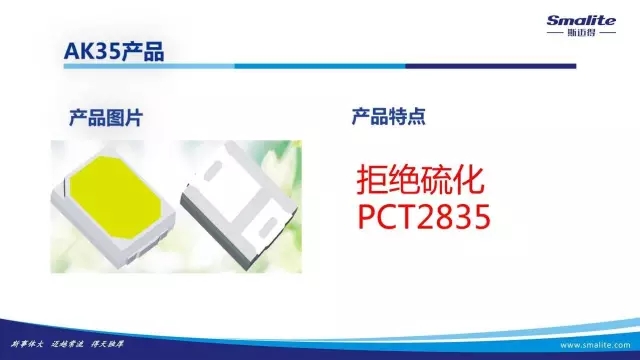
For example, the upstream chip's brand and size selection (relative to dress) is less, flip chip capacity and upstream will not match, flip-chip LED technology is currently more advantageous in medium and high power products and integrated packaging, in low power In terms of application, the cost competitiveness is not very strong. Flip-chip LEDs have subverted the traditional LED process. From chip to package, the requirements for production and testing equipment are higher. The high cost and high threshold have made some enterprises unable to apply.
The development of flip-chip LED technology will focus on high-power and high-light density output devices, while the development direction will gradually transition to Flip-chip on PCB (FCOB) and standardized optical components.
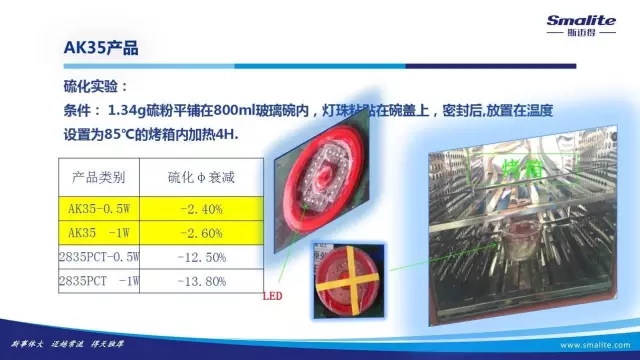
Sima De Marketing Director Zhang Luhua
The PCT that everyone does, and even the PCT that everyone uses, is different. PCT2835, at a very high temperature of 110 degrees, must have sulfur-containing rust, which is reflected by the silver-plated layer, forming silver sulfide, causing the lamp beads to attenuate very much.
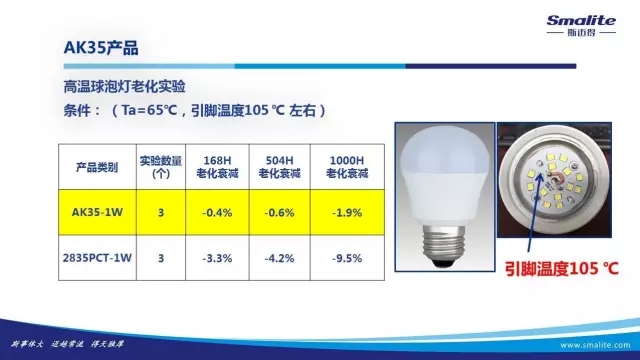
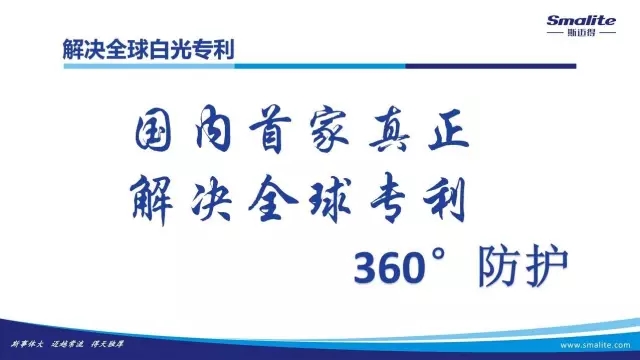
Our AK35 product is not vulcanized at high temperatures of 128 degrees, but will decay at such high temperatures. This has a certain relationship with the attenuation of PCT glue, we can use EMC stuff, it will be better. It is comparable to the EMC3030 and is definitely not expensive.
The mainstream PCT products on the market, including international brands of PCT products, are compared under the same conditions. 34G sulfur powder is tiled in an 800ml glass bowl. The lamp beads are attached to the bowl lid. After sealing, the temperature is set at 85 degrees. The oven was heated for 4 hours with substantially no attenuation.
Therefore, the PCT is not the same as the PCT, depending on the choice to use.
EMC and PCT, you can choose according to your own situation. Outdoors, I personally recommend that you use EMC products, the glue is PCT, its heat resistance is still worse than EMC products. If you go to the stability of the UV and outdoor harsh environment, EMC is still better.
If you want to talk about it, the product of PPA within 0.5 watts is enough. In the normal case of 0.5-1 watt, everyone chooses the conventional PCT; if the temperature is particularly high, you can choose AK35, which is also a bracket of 2835; the higher the temperature, everyone Just choose EMC products.

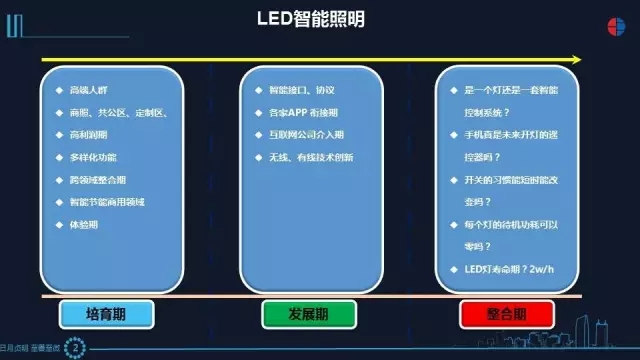
In terms of global conditions, domestic packaging plant capacity continued to expand, and Smax had doubled EMC's packaging capacity in the first quarter of 2017.
In 2016, there were more patent litigations than ever before. Everyone's protection of intellectual property rights became more and more stringent. For patents, we have done a lot of work with the entire group to solve the problem of global patents, including white light patents.

Li Zhaohua, general manager of Mingwei Electronics
From 2016, linear IC is accelerating growth, and linearity has gradually been accepted by international markets. For example, Philips has cooperated with us to customize linear products and is based on ODM. End-user recognition is the most important, and the North American market is also a huge demand.
From the very beginning, our linear products have been walking in the market for a long time. Now the market has just begun to have a little bit of maturity. In the future, this market must show a huge growth trend.
Our linear products are also diversified. I have also said that if you want to break away from heavy asset manufacturing, you must look at linearity. Many people also see the linear drive. Where are the benefits? The products can be centralized, the specifications can be centralized in the future, the solutions are standardized, and it is simple.
There is no need to purchase more materials, and there is no need to manage materials.
If we expand to scale, we want to start with simplicity, and simplicity comes from the linearity we do. Linearity has been seen in the eyes of everyone as a lack of function. Why do we use linear drives when we turn on these dimming lights in the North American market today? Because technology is changing.
We position the smart lighting in three phases:
1. Cultivation period. High-end crowds, commercial photos, can save power, including the integration of some monitoring functions. But the only thing it has now is high profit, high risk and high cost. However, many SMEs can't do traditional things, do some differentiation, and do some smart lighting products.
But I found that when you make money, when you do it, it doesn't mean making money because it involves too many things, too many changes, too many things to modify, and its thinking changes every day. Therefore, I think smart lighting products are still in the experience period.
2. Development period. Now, after the big Internet of Things and Internet companies enter the intelligent lighting industry, what effect will it have? What effect does it have on the bulbs we make or the lamps we make? I think it has no effect, it doesn’t make much sense. Just give you a door to let you in.
And this door, there are many different kinds of doors, you do not know which door to go in, including the current wired, wireless, their technology continues to innovate, including carrier. Is the carrier the best? Not necessarily, wireless must be the best? Not necessarily.
This requires a system, not the level of the light we are discussing. What system can we use for this light? Just like we have an agreement for landscape lighting, we can pull it out and install it on any stage.
For example, if you go home, will you turn on the light with your mobile phone? I don't think so. But switch this thing, everyone in the room can not be missing is the switch. But some people say that the switch is made into a touch, I think it would be better to make the switch into a mobile phone touch screen.
But there is a bigger problem. The loss of each lamp is uncontrollable. We dig holes for ourselves. Now the life of the lamp is 20,000 hours. Will consumers have nothing to change for a smart lighting? No, so smart lighting Products are still limited to commerce, and this business is not a market that small companies can exploit.
Smart lighting is not a light, it is a system. If you want to succeed today, you must bind the system. But small and medium-sized enterprises are impossible. The current smart lighting is just a feeling of selling to these high-income people. I don't think SMEs should spend too much thought on it.
But we should think about what should be changed in the 5G era? I believe that the arrival of the 5G era should be intelligent lighting, smart medical care, etc. This is what I have been thinking about. The 5G era can change everything in our hands, including us. Mobile phones, our lives, etc. will change.

UCOAX offers LVDS Assemblies service for oversea customer.
Lvds Cable Assembly,Lvds Cables,Lvds Cable Extension,Lvds Cable Assembly Function
UCOAX , https://www.ucoax.com